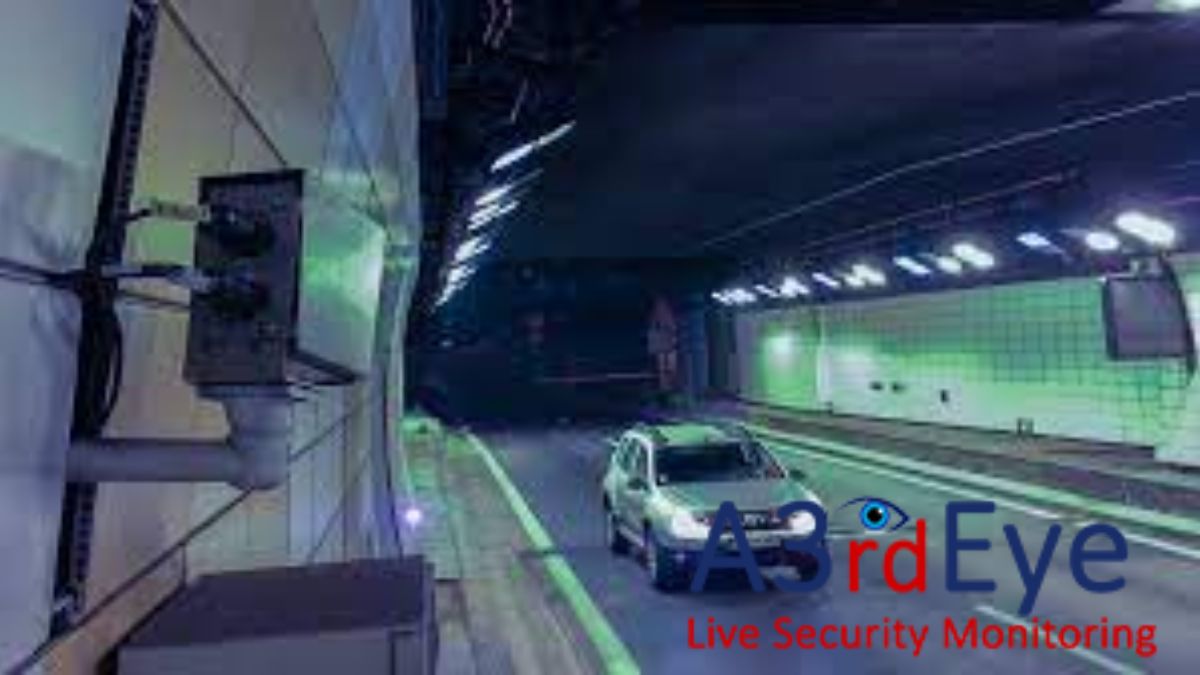
CCTV in Tolls: Enhancing Toll Road Security and Efficiency
CCTV in Tolls Enhancing Toll Road Security and Efficiency Closed-circuit television (CCTV) cameras are becoming increasingly commonplace in today’s rapidly developing technological landscape. The toll road industry is one that has profited immensely from the implementation of CCTV. Toll management has been completely transformed by CCTV thanks to the vast improvements it has made in safety, traffic analysis, and efficiency. The effects of closed-circuit television on tolls and the ways in which they have evolved as a result are discussed in this article.
When asked,What is CCTV?
CCTV, or closed-circuit television, is a system of cameras used for monitoring and recording activities in a defined area. It’s become an indispensable resource for ensuring public safety and regulating business operations.
Throughout its history
closed-circuit television (CCTV) technology has seen a tremendous transformation. The first generation of CCTV systems was cumbersome and underpowered. However, today’s CCTV cameras are tiny despite their high quality and come with a slew of advanced capabilities including night vision, motion detection, and smart analytics.
Security cameras are a boon to toll management because safety is a top priority. The toll plaza and its environs are constantly monitored by a network of closed-circuit television cameras. There is less of an opportunity for theft or vandalism when cameras are present.
CCTV cameras are an indispensable tool
in the field of accident management. If an accident or other incident occurs, authorities will have immediate access to high-definition film from the cameras. This helps get the toll lanes back open quickly, lessens traffic, and stops subsequent accidents.
Toll plaza dynamics and future improvements can be better understood with the help of a traffic analysis. Data on traffic volume, vehicle classification, and congestion patterns can be gathered using CCTV cameras equipped with smart analytics. This data is crucial in assisting authorities in locating traffic jams and taking corrective action.
Toll operators can optimize toll collection
through the use of closed-circuit television (CCTV). By keeping a close eye on the toll lanes, management can prevent revenue loss, spot problems in the collecting process, and fix them quickly.
Strategic camera placement is essential for enhancing the effectiveness of closed-circuit television in toll systems. All lanes for collecting tolls, all points of entry and exit, and the surrounding area ought to be filmed. The entire toll plaza can be kept under close watch thanks to the carefully planned camera network.
A stable network infrastructure
is crucial for a high-quality CCTV system to ensure the uninterrupted flow of data. With a fast internet connection, data may be tracked and retrieved in real time. Furthermore, effective data management systems are required to store and interpret the enormous volumes of footage produced every day.
CCTV systems that are integrated with toll management software are more effective in their overall function. Automatic toll collection, license plate scanning, and real-time data synchronization are all made possible with this amalgamation of technologies.
Concerns about privacy and data protection
CCTV in Tolls Enhancing Toll Road Security and Efficiency arise alongside the evident advantages of CCTV in tolls. Tight data protection measures are necessary for toll authority in order to handle these issues. Safe data storage and data anonymization are essential for protecting users’ privacy.
Improving Global Toll Infrastructure with Closed-Circuit Television
CCTV technology is being adopted by nations all over the world in an effort to improve their toll infrastructure. Toll evasion has been minimized, revenue collection has increased, and traffic control has been bolstered thanks to the installation of modern CCTV systems. Now, toll agencies have a better tool for detecting violations and maintaining a level playing field during the toll collection process.
The Future of Closed-Circuit Television in Toll Booths
The use of CCTV in toll booths has enormous promise in the years to come as technology advances. CCTV cameras will become much more sophisticated with the advent of AI and machine learning, allowing them to spot irregularities, anticipate traffic patterns, and solve security problems before they arise.
As a result of CCTV’s incorporation into tolls, toll roads are now safer, more efficient, and more organized than ever before. Toll authorities and drivers alike will reap the benefits of ongoing improvements to CCTV technology, which will in turn improve toll infrastructure.
How do closed-circuit television (CCTV) cameras aid in incident management?
Toll lanes may be cleared more quickly and safely because of CCTV cameras’ ability to record incidents as they happen in real time.
Can theft at toll plazas be reduced by installing CCTV cameras?
The presence of closed-circuit television cameras does serve as a deterrent to would-be thieves and vandals.
How does analyzing traffic using CCTV cameras help with toll collection?
Through the use of closed-circuit television (CCTV), traffic bottlenecks can be located, and then corrective steps can be taken to improve traffic flow and lessen congestion.
Does the use of CCTV in tolls raise any privacy concerns?
Toll authorities must follow stringent data protection standards to ensure the privacy of its customers.
Is there a bright horizon ahead for CCTV at tolls?
With the development of artificial intelligence and machine learning, CCTV in tolls has a bright future that will make them even more sophisticated and efficient.

CCTV in Tolls Enhancing Toll Road Security and Efficiency

